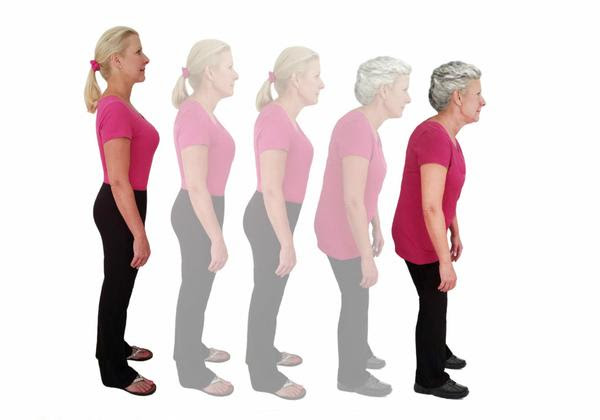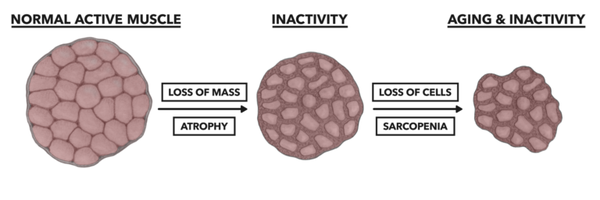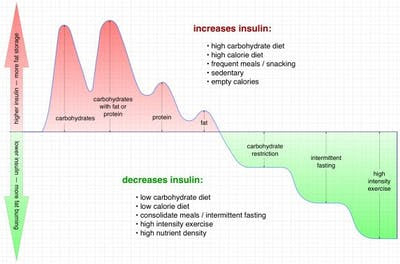Younger and thinner – sounds like a dream….
However, unlike fairy-tales, this dream can come true to a certain extent.
Muscle tissue is the fountain of youth! gry hazardowe za prawdziwe pieniadze
The powerhouse of Muscle = Mitochondria
It’s no mystery that we lose muscle tissue when we age.
Women hit a genetic muscle peak between 18-23 years of age.
Men, a little later, 21-27 years of age.
Most people don’t notice a huge change by the age of 30.
However, most will notice a change by age 40 and definitely by age 50 and beyond.

The reason?
You’re losing muscle tissue.
Muscle tissue = Metabolism
The metabolic equation – 1lbs of muscle tissue burns between 35-50 calories per day.
That’s why:
- Men burn more calories than women
- Taller people burn more than shorter
- Younger people burn more than older
It’s also the reason why we lose our energy, find it harder to move our bodies and show signs of aging.
But the heart of muscle tissue is something called the Mitochondria.
The healthier your mitochondria, the better your chances of living a long, healthy life.
Our mitochondria keep our:
- Neurons firing
- Muscles working
- Hearts beating
Even if you don’t feel it, these microscopic powerhouses are constantly churning out the energy we need to function at the most basic level.
Sadly, your mitochondria gradually deteriorate as you grow older. In fact, mitochondrial dysfunction is considered a hallmark of aging.
How can you keep your mitochondria healthy?

1) Exercise
When we are less active, our cells figure we need less energy to get through our day-to-day.
In effect, our bodies reduce the number of mitochondria we need.
One way to signal to the body that more energy is needed is to start demanding more power of your cells through exercise.
Research from York University reveals that exercise, especially strength training can trigger mitochondrial biogenesis, (the process of creating new mitochondria).
How to start with The Right Exercise:
- Design a program that is appropriate for skeletal limitations (shoulders, hips, back, knees, neck etc)
- Design a program that is appropriate for exercise level and condition (beginner, intermediate, advanced)
- Frequency-based upon conditioning. For most people three (3x) workouts per week is appropriate.3x/wk.
- Change and progress the program often. Many people see a lack of results because the program is not changed frequently enough.
- A program should be somewhat different each workout and change entirely every two to three weeks.

2) Diet
Another way to maintain healthy mitochondria is to eat a healthy diet rich in antioxidants (primarily veggies), bioavailable protein (eggs, fish, beef, chicken, turkey), ample in good fats (Fish oil, macadamia nut oil, olive oil) and low in high glycemic foods (refined carbohydrates and sugars).
Eating processed junk food produces more free radicals, which AGES your cells, than a healthy cell should have, weakening and destroying mitochondria.
What are free radicals? Free radicals are highly reactive molecules that mitochondria generate as a normal byproduct of cellular energy production.
Too many free radicals can damage cellular components.
Specifically, free radicals and reactive oxygen species bombard and damage your mitochondria, ages you prematurely both inside and out.
This damage also makes your mitochondria less efficient, which in turn produces more free radicals—creating a vicious cycle.
The Right Diet:
- It’s not calories, it’s Insulin
- Keep insulin low by eating proteins, fats and low glycemic carbs (40/40/20) ratio
- Learn more advanced techniques to keep glucose and insulin low such as spreading out meals, avoid snacking and watching liquid calories
- It’s not starving, it’s eating!

3) Fasting
Fasting, in addition to eating low glycemic (low carb) foods, is another way to keep your glucose and insulin low.
It’s what I teach to help my clients lose weight, drop body fat and improve their health.
It’s also an excellent method for indirectly boosting the body’s NAD (Nicotinamide adenine dinucleotide) levels which can help you produce more mitochondria (muscle).
Fasting has been shown to increase the levels of NAD+ and surtuins; the proteins which have been found to slow the aging process.
While fasting is effective in increasing NAD+ levels, prolonged fasting and drastic calorie reduction can have a counterproductive effect.
It’s more important to select and eat the right foods than to eat the wrong foods, even if they are in smaller amounts.
There is a time and a place for everything with Diet Flexibility. betfan zakłady bukmacherskie
The key is to work on getting glucose and insulin low and keeping it low.

I know this sounds complex but the design can be straightforward.
Your body, your health and your life are worth learning and doing the right things.


